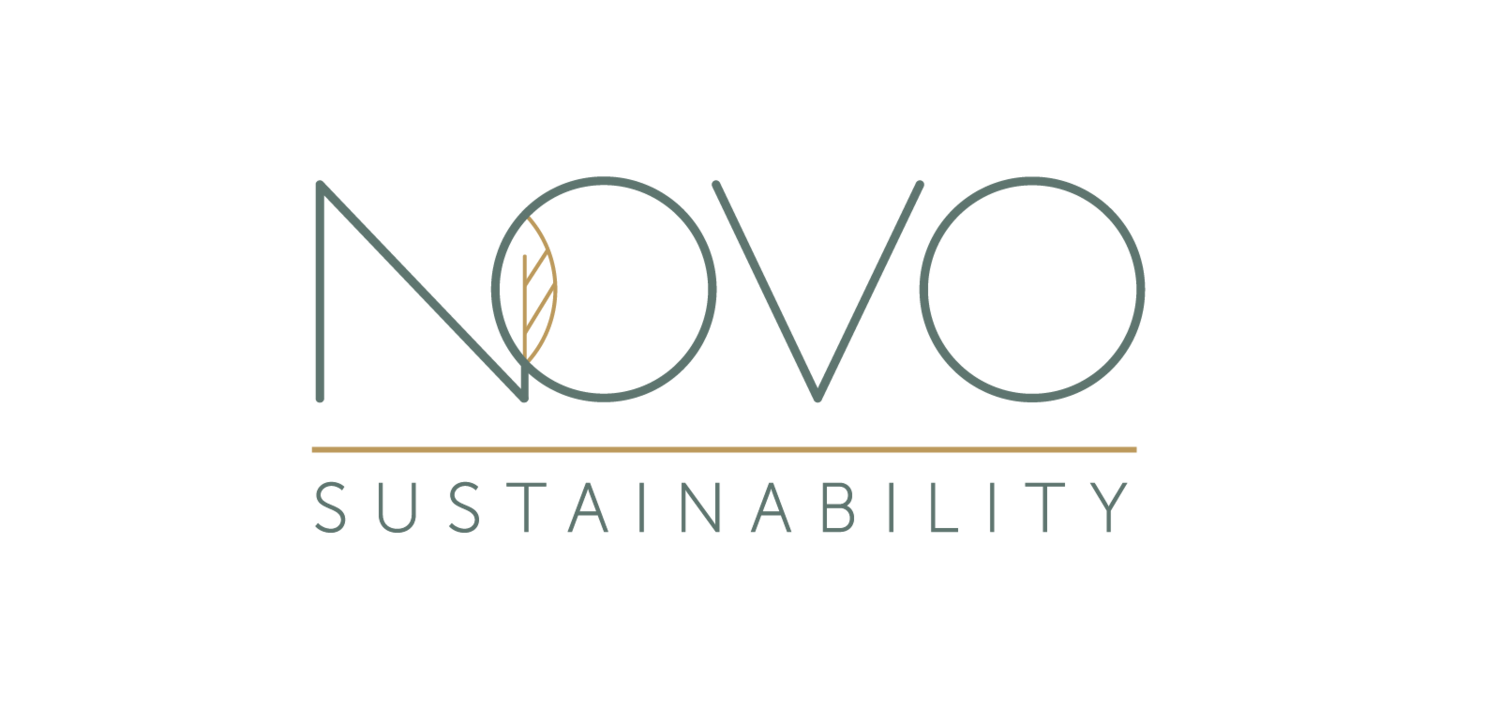2023 Brings Changes to Green Building Certifications
/2023 is bringing some changes to the certification world. LEED & WELL are both increasing registration and certification fees while Green Globes and Fitwel are launching the newest versions of their respective rating systems. What does all this mean for projects pursuing these? Read on!
LEED:
As of May 1, 2023 registration fees jumped to $1,350 for USGBC members and minimum certification fees for interiors and new construction projects increased to $2,150 and $3,200 respectively. On average, a 12% increase.
WELL:
As of September 30, 2023 enrollment fees will increase to $3,000 and minimum documentation review fees will increase to $8,000.
Fitwel:
An updated version of the Fitwel Standard (v3) will launch December 15, 2023! It was updated to reflect the most recent research and evidence connecting health impacts and the built environment, while also enhancing the certification process and user experience. If your project is currently registered under v2.1, you have until December 31, 2023 to generate an invoice for Certification fees and avoid an automatic upgrade to v3.
Here are a few key takeaways from Novo’s analysis:
Increased opportunity for higher level certification: V3 makes certification more attainable by expanding the number of strategies available. The thresholds for each certification level were not modified; however the total available points increased by almost 20% and the number of strategies increased by 50%!
Reduced impact of existing strategies: The two most impactful strategies remain Walkability and Lactation Rooms & Stations, but, the impact of these have decreased – lactation rooms decreased impact by just under 50% and walkability by just over 50% compared to v2.1.
Reorganization and expansion of policy and engagement strategies: By combining 3 categories into one (Vending Machine and Snack Bars, Prepared Food Areas, and Water Supply are all now combined into “Food and Water”), they created 2 new sections for “Programming and Evaluation” and “Operations and Maintenance.” This organized the policy and engagement-type strategies into one category and created new opportunity for supporting civic engagement and biodiversity.
Increased focus on accessibility: New or enhanced strategies such as supportive infrastructure, wayfinding, and universally accessible restrooms, site, and circulation, were updated to enhance social inclusion, decrease risk of injury and psychological distress, and increase perceptions of safety and self-esteem.
And one more change to be prepared for: Fitwel’s certification fees will increase by $1,000 across the board in April 2024.
Green Globes:
A new version is expected to launch before the end of the year. Once the new version is released, NC-2013 will be retired and all new projects will have to use NC-2021 or the newer version. The timeline for NC-2013 phase out hasn’t been published but project teams should prepare now! To understand impact, we input data from a project recently completed under NC-2013 into a demo NC-2021 questionnaire. The table below shows the dramatic difference in achieved points and certification level between the two versions.
You’ll notice that in NC-2021 they have eliminated the entire “Emissions & Other Impacts” category. Some of those credits still exist but have been reworded and/or rearranged into the remaining categories. Points allocated to specific credits were adjusted as well as total points available in each category. The table below shows the changes in point values per category. The most significant change is in the Energy category where the total available points were reduced by 130 points. This change puts more pressure on the design and project management teams to focus on proper planning at project conception to get the right team members engaged and to reduce site impacts and water consumption.
The bottom line is that if your project teams have been using Green Globes NC-2013 and designing “business as usual” projects, the usual will need to be tweaked to maintain the same level of certification awarded to prior projects.











